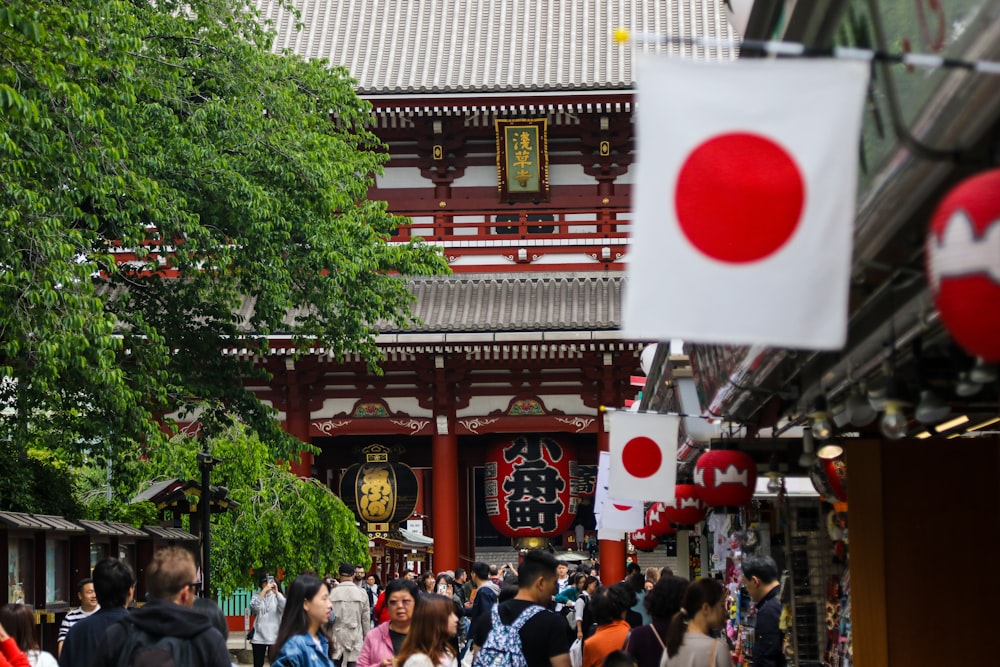BOJ Shifting Tone On YCC?
The USDJPY bumped against the technically important 140.00 handle, and the Japanese government took notice. Both BOJ Governor Ueda and Finance Minister Suzuki addressed the yen, and it has retraced a bit. Does this mean the BOJ could be looking at a policy change?
What happened?
Japan policy makers have had both good and bad news recently. The Nikkei blue chip stock index has returned to highs not seen since 1990 thanks to better results from Japanese firms. Exporters in particular were doing well, as the weaker yen since last year has boosted competitiveness. This increased activity helped boost the country’s GDP, which led to hopes that Japan could finally be getting out of its multi-decade slump of lethargic growth and low inflation.
In that context, the BOJ has been hesitant to step away from its ultra-easing policy. Inflation has risen dramatically in the country, doubling the central bank’s target. But, that was seen primarily driven by the weaker yen, raising costs for imported goods. In particular, food and energy. The BOJ wants so-called “dynamic” inflation, driven by increased economic activity, which still hasn’t consolidated.
You get what you ask for
BOJ governor Ueda’s insistence on sticking to the ultra low policy has contributed to the yen weakening against other currencies. Carry trading (selling yen to buy commodity currencies, for example) has returned to increased popularity as other central banks raise rates. The yen had strengthened late last year on speculation that the BOJ could start tightening. Under former ultra-dove Kuroda, it widened the YCC, which in practice caused some tightening. There was rampant speculation that the new governor meant that tightening would be back on the table.
But, as time has gone on, Ueda’s insistence on not revising YCC – the first step towards tightening – has progressively convinced more traders that he actually means it. There would not be more tightening, so bets have come back on a weaker yen. Last year, the yen went all the way to 150 before the Ministry of Finance stepped in to do something about it.
Now what?
With the pair hitting 140, it appears that the Ministry of Finance has taken notice, and Minister Suzuki yesterday said he would be watching the exchange rate. That doesn’t mean action is imminent, but it clearly was meant to send a message to the markets that the government wouldn’t be allowing another depreciation run like last year.
Since a weak yen has monetary policy implications, Ueda finally weighed in. Without making reference to the exchange rate, he said that tweaks could be made to YCC. Previously he had been insistent that nothing would change until the review was over. He went on to clarify that this didn’t mean any change would happen, refusing to comment on how likely it was. But it was a clear change in tone, suggesting that while the BOJ is happy to keep easing to support the economy, it won’t tolerate another bout of weakness in the yen. 140 might be consolidated as something of a policy floor.
The question now is how committed will the BOJ be in defending the yen, so yen traders might want to pay extra attention to how much bond buying the BOJ does in the coming days.
More By This Author:
Intraday Analysis – USD Tries To Recover
NZDUSD Intermediate Impulse Begins!
Germany Enters Recession, Who’s Next?
Disclaimer: Orbex LIMITED is a fully licensed and Regulated Cyprus Investment Firm (CIF) governed and supervised by the Cyprus Securities and Exchange Commission (CySEC) (License Number ...
more



